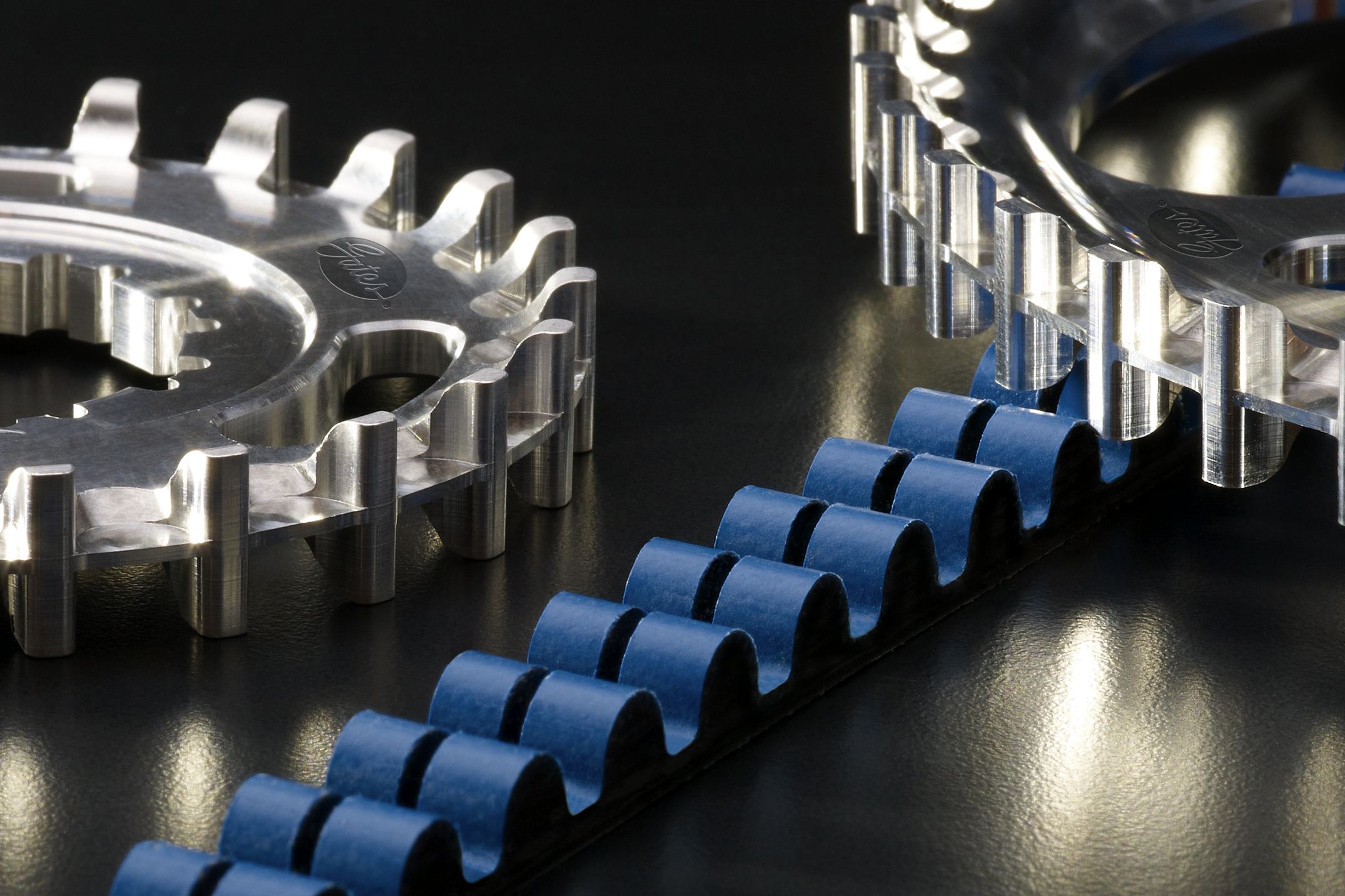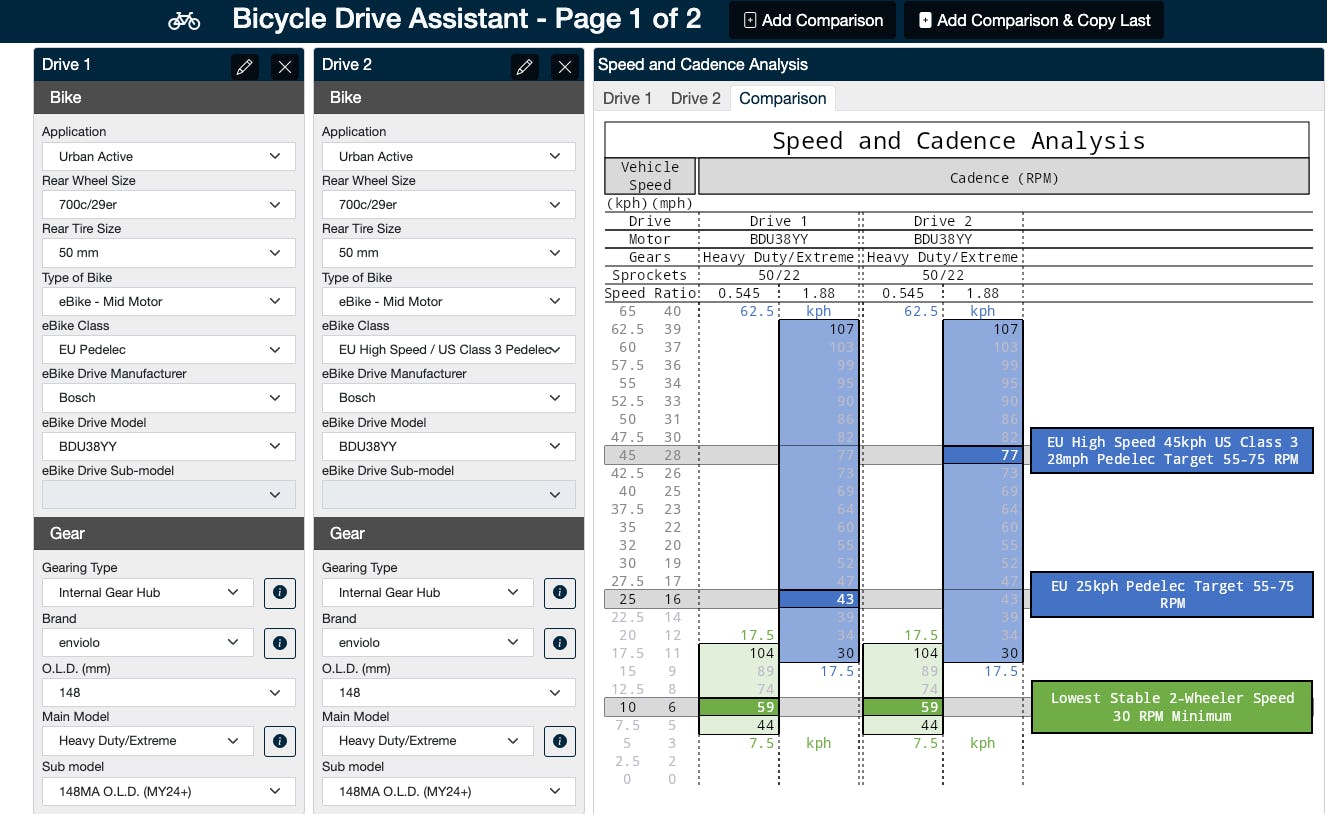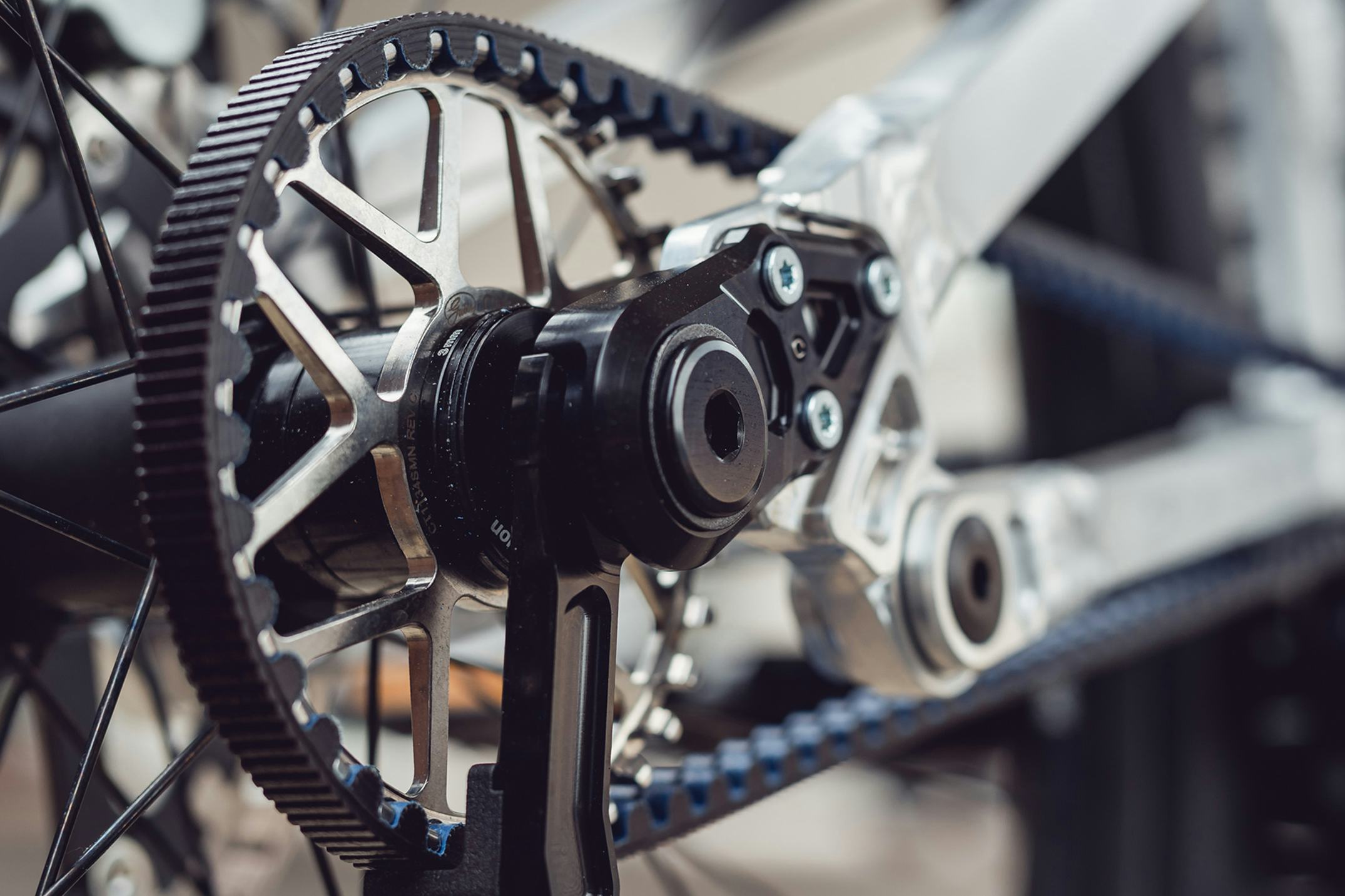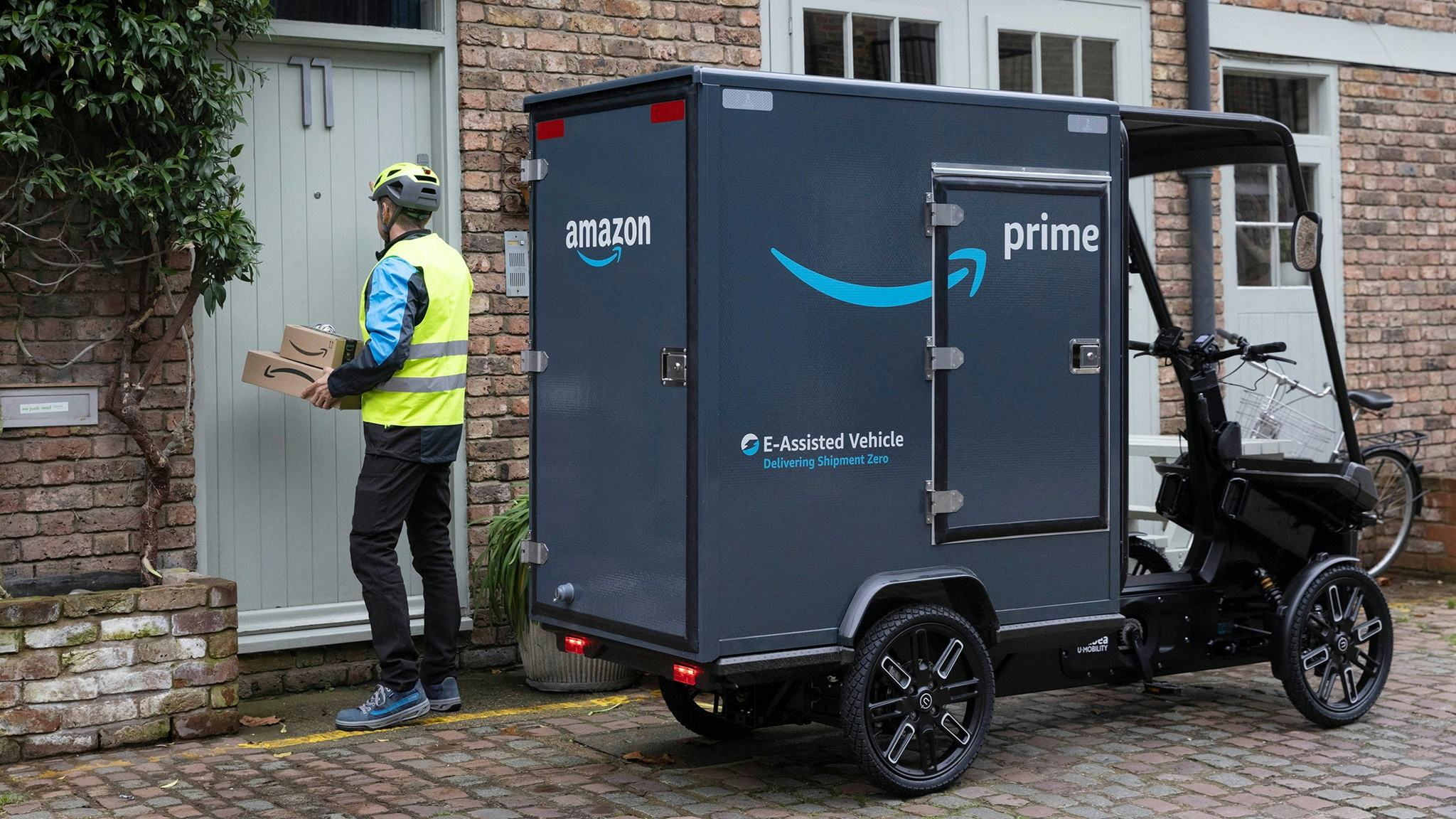Gates, a century-old global leader in power transmission solutions, has recently launched its latest innovation for the cycling industry. The Bicycle Drive Assistant (BDA) is designed to eliminate the guesswork in configuring belt drive systems. What was once an engineer-driven process has now been streamlined into a simple, guided tool for OEMs, dealers, and advanced users.
What drives Gates to innovate
Since entering the bicycle market in 2007, Gates has been at the forefront of replacing chains with clean, quiet, and low maintenance carbon belt drives. Over the years, the company has expanded its portfolio to multiple product lines, each tailored to different riding demands. This expansion, however, brought with it challenges; correctly matching the right product lines and components to the wide range of addressable applications required knowledge and time.

“Until recently, users would often have to reach out to our engineers for help,” says Chris Sugai, general manager of mobility at the Gates Corporation. “With the BDA, we’ve taken that expertise and programmed it into a step-by-step selection tool that helps users avoid common pitfalls while delivering a complete Bill of Materials (BOM).”
The leap into digital specification tools has deep roots in Gates’ industrial heritage. The company’s earlier Design Flex software revolutionised the way engineers sized and sourced industrial belts by replacing printed manuals with a dynamic database of available products. That same philosophy was applied to the Belt Drive Assistant for bicycles. With this tool, users can make accurate selections without waiting for support from an engineer.
How the BDA works
The new BDA software guides users through every stage of the system design from product line requirements and sprocket selection, to centre distance calculation, cadence analysis, and ordering. The tool is purposely built to prevent mis-specification, something that could lead to delays or cost overruns in OEM production.
It can also account for application-specific factors such as e-bike speed classes and regional cadence regulations. This makes it a valuable resource for OEMs because it allows them to ensure compliance across multiple global markets right from the design stage.

While the BDA is primarily intended for OEM engineers developing new belt-drive models, its intuitive design means that even advanced repair shops and technically minded DIY users can try it out too. It comes with built-in tool tips that highlight common pitfalls. And it has a comparison function that allows users to weigh up different component combinations or speed regulation scenarios as well.
Continual database updates
The BDA’s compatibility engine draws from an ever-growing database of Gates-approved OEM systems, which is maintained by Gates’ own application engineers working closely with drivetrain and e-bike component partners to ensure new products are added quickly.
In fact, the company expects to update the database quarterly to keep pace with emerging drivetrain technologies, firmware changes, and internal gear hub developments. This adaptability is critical in an industry where e-bike innovation cycles are continually advancing.
Built for scalability
The BDA is built for scalability. As new belt materials, IoT integrations, and drivetrain standards emerge, the system is designed to evolve with them. It’s another step in making belt drive systems more accessible, more precise, and ultimately more appealing to a broader segment of the market.
“This tool isn’t just about simplifying design, it’s about helping the industry deliver clever solutions to industry pain points around the world,” adds Chris Sugai.
This article is sponsored by Gates.







